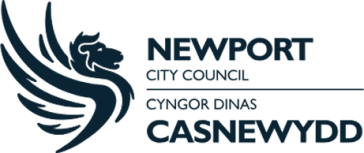The true value of social engagement

Whatever you think about social media, you can’t deny that it has transformed the way people connect, communicate, and share information.
In a world where remote working has become the new norm, businesses should be using these tools to help employees to stay connected and engaged.
Social engagement in action in the corporate world
Starbucks, the world-famous coffeehouse has almost 30,000 branches worldwide, but without a platform to connect them, teams become closed-off units, separate from one another in everything but brand.
They have solved this problem by adopting a social platform where branch managers can connect, communicate, and share ideas and inspiration. The platform is now used by over 80% of managers, allowing them to work together with peers from across the world to solve problems and improve the customer experience.
Similarly, Volkswagen Ireland found that deploying a social platform has energised and empowered their workforce, with 95% of employees using it to communicate and collaborate. As a result, email usage went down and efficiency went up, as employees sought more direct and effective ways to share ideas.
Outdoor clothing brand Columbia also saw a stark reduction in emails after rolling out a social platform, down 38%. They also enjoyed better event participation, better communication and feedback from remote staff, and a strengthening of the connection between employees and the brand.
Part of a wider solution
As these examples demonstrate, social platforms are powerful tools for boosting employee engagement and collaboration. You could even argue that in today’s world they are essential. How else are you going to connect people across teams and locations in a fun and engaging way, and make staff feel part of a wider community?
On top of this, their familiarity and ease of use make adoption simple. Hardly anyone needs training on how to use social or instant messaging apps; they use them every day of their lives.
As with all technological solutions, social platforms should not be seen as a quick fix or golden ticket to a happy and engaged remote workforce, but rather as part of a wider engagement strategy that encompasses all aspects of work.
This involves rethinking the way we manage people and performance, the way we structure organisations, the relationship between employees and employers, and the way we leverage the ever-increasing power of technology to our advantage.


































































